Welcome to Agrigento, a city rich in history and culture. Founded in 581 BC by Greek colonists, it boasts a fascinating past as one of the most impressive centres in the Mediterranean. Despite facing challenges throughout its history, Agrigento has always managed to rise again. The highlight of Agrigento is undoubtedly the Valley of the Temples, which showcases the city's ties to the classical world and houses extraordinary archaeological finds in the Museo Archeologico Regionale. In 1997, UNESCO recognised the Archaeological Area of Agrigento as a World Heritage Site. While many tourists flock to the famous Valley of the Temples, there is much more to see in Agrigento. Consider spending at least a full day exploring the town to truly appreciate its historical significance. This article offers tips to help you make the most of your 24 hours in Agrigento.
Arrival in the city
If you are travelling by public transport from Palermo, you will probably reach Agrigento Centrale by train. The most convenient way to travel between Agrigento and Catania, as well as other parts of Sicily, is by bus departing from Piazza Rosselli station. As such, you can begin your journey at either location. Once in Agrigento, you can decide whether to start with a city walk or a tour of the Valley of the Temples.
City walk
Situated on Girgenti Hill, the historic centre of Agrigento is centred around its main streets, Via Atenea and Viale della Vittoria, offering panoramic views of the Valley of the Temples and the sea. The first stop of our city walk is the statue of Andrea Camilleri.
Statue of Andrea Camilleri
The statue of Andrea Camilleri, a renowned Italian writer from Porto Empedocle near Agrigento, stands on Via Atenea, with the Bell Tower of the Church of the Immaculate Conception in the background. It serves as a significant tribute to his literary legacy and deep ties to Sicily, the setting for many of his famous detective novels. The statue is a popular attraction for fans of Camilleri's work as well as those interested in Italian literature and culture. Camilleri is often depicted with a cigarette in hand, a signature characteristic now immortalised in this statue, much like those of other famous authors around the world.
Continue your exploration along Via Atenea, the main street around which the city's major attractions are centred. If you are hungry, try some local food. 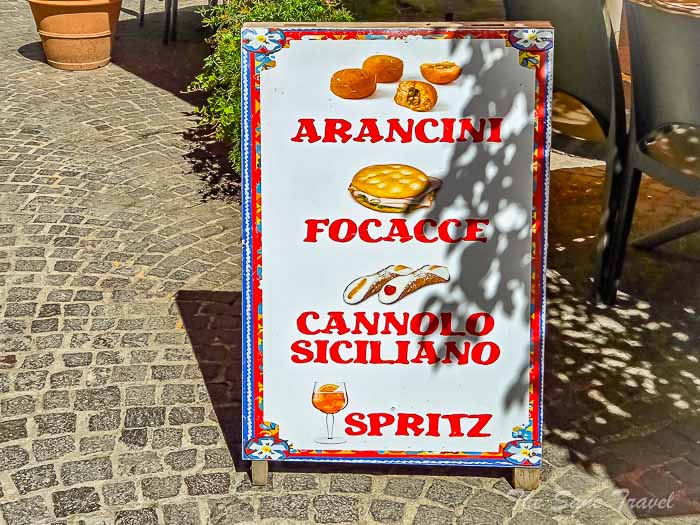
Via Neve
Via Neve is renowned for its impressive urban artwork displayed on the street walls. This outdoor gallery features a diverse range of artistic styles that reflect both local heritage and modern themes. The project has been praised for rejuvenating the neighbourhood and attracting art lovers and tourists alike.
Among its artworks is a contemporary depiction of the Sicilian Trinacria, a symbol representing the resilience, cultural wealth, and unity of Sicily. 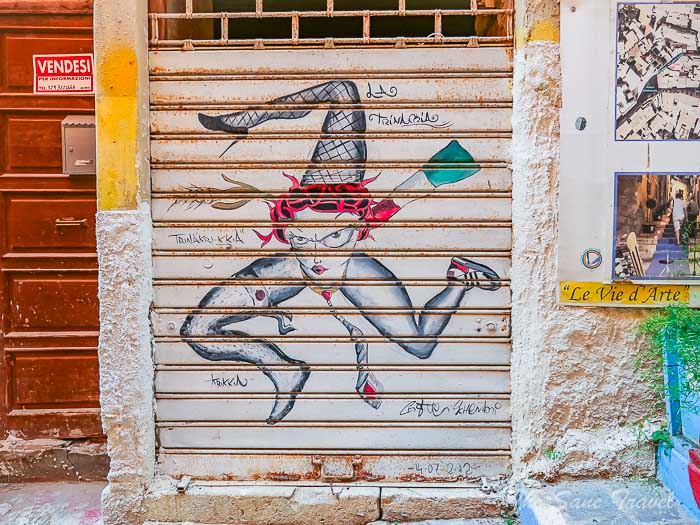
Via Neve is also home to the Artists’ Staircase. The Scalinata degli Artisti, also known as the Artists' Staircase, is a colourful stairway adorned with murals and drawings, recognised as one of the most vibrant staircases in the world.
After enjoying the view of the Artists' Staircase, return to Via Atenea and make your way to the Church of San Giuseppe. In this quaint hillside town, there are approximately twenty churches, some of which are part of a programme called "Arte & Fede I Percosi" (the routes of art and faith), allowing visitors to appreciate Agrigento's beauty through its buildings, artwork, and religious sites. I have included just four churches in this suggested itinerary.
Church of San Giuseppe
The Church of San Giuseppe, located at the end of Via Atenea, was constructed in the 17th century. It features a Baroque façade with double flights of steps and two bell towers. Inside, there is a single nave adorned with various works of art, including sculptures of Don Bosco, the Virgin Mary with the Baby Jesus, Saint Lucia, Saint Philip Neri, Saint Joseph, an 18th-century Crucifix, and Saint Rita of Cascia. These pieces were crafted between the 18th and 19th centuries. 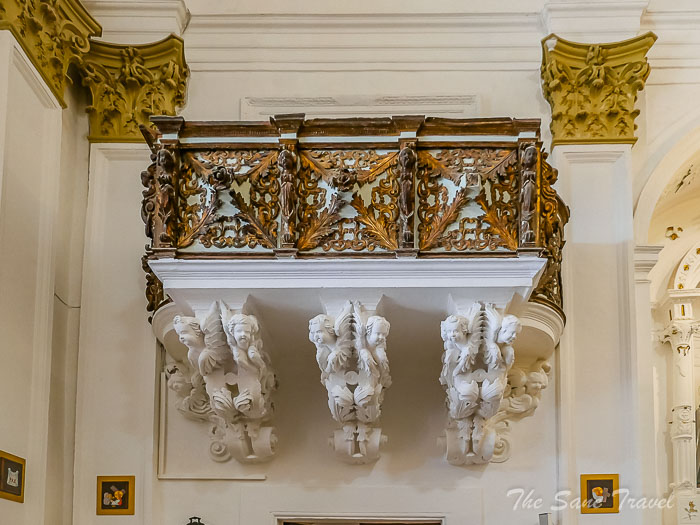
Address: Via Atenea, 296
Keep walking the steep streets and climbing the steps, appreciating the views along the way as you head towards the Chiesa di Santa Maria dei Greci.
Church of Santa Maria dei Greci
Via di Santa Maria dei Greci leads to a small church of the same name, situated in the oldest part of the medieval city. Constructed in the 12th century, the church is believed to stand on the foundations of a 5th-century BC Doric temple, possibly dedicated to Athena, which once stood on the acropolis of Akràgas. Its façade features a 13th-century Norman-Arab doorway, along with elegant single-light windows. Inside, columns with broad flutings emerge from the walls, and the northern section of the base is accessible from the courtyard. Visitors can admire the remains of a notable early 15th-century fresco on the right nave wall, alongside a valuable 16th-century gilded wooden sculpture of the Madonna and Child.
Address: Salita Santa Maria dei Greci
Diocesan Museum
The Diocesan Museum, an ancient yet modern and interactive museum, is located on the hill of Agrigento. Established in 1877 by Bishop Domenico Turano, it was the first museum collection displayed in the cathedral's chapter house. Originally comprising two rooms – the Sarcophagus Room and the Marinis Room – the museum now houses four sarcophagi in the cathedral's new Mudia Room.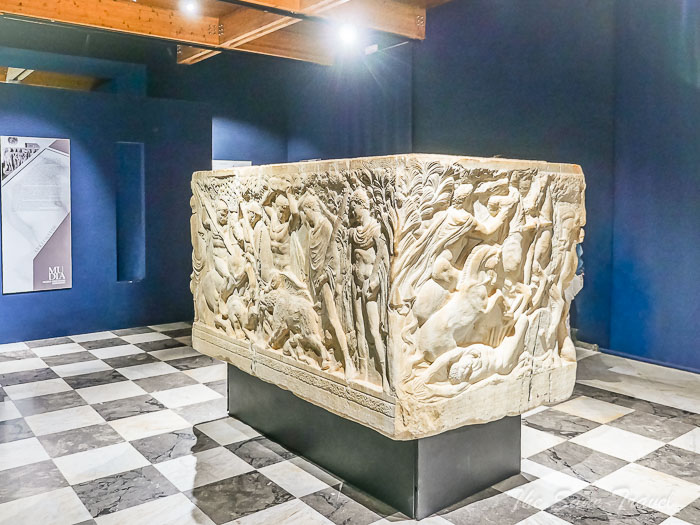
Adjacent to the museum is the Biblioteca Lucchesiana, which, unfortunately, was closed during my visit, much to my disappointment as a lover of old libraries. Hopefully, you will have better luck when you visit.
Biblioteca Lucchesiana
The Biblioteca Lucchesiana is a renowned library in Sicily with a long history. Originally founded as the private collection of Bishop Andrea Lucchesi Palli in the 18th century, it was opened to the public in 1765. The library houses around 14,000 volumes covering a wide range of subjects, including theology, philosophy, history, and the humanities. The books are displayed on intricately crafted wooden shelves in a wood-panelled main hall, with a separate room dedicated to manuscripts.
Cattedrale di San Gerlando
The Cattedrale di San Gerlando, founded by Bishop Gerlando in the late 11th century, is built in the Norman-Gothic style. It features a grand staircase leading to an impressive yet unfinished 15th-century bell tower. Inside, visitors can explore the Cathedral Treasury, which houses a collection of valuable artworks. 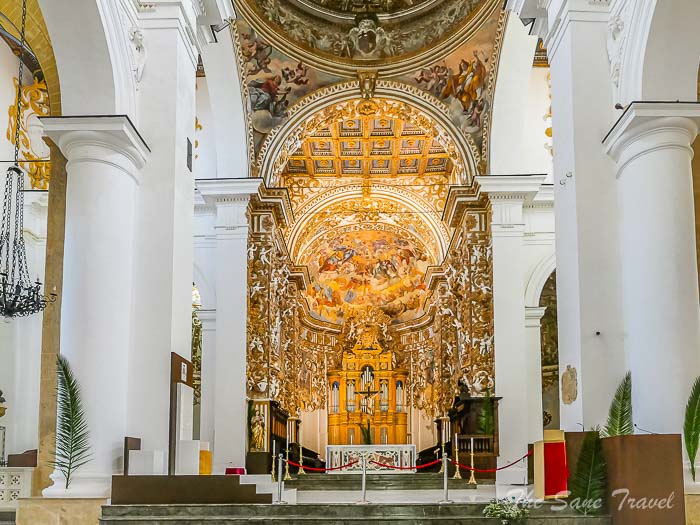
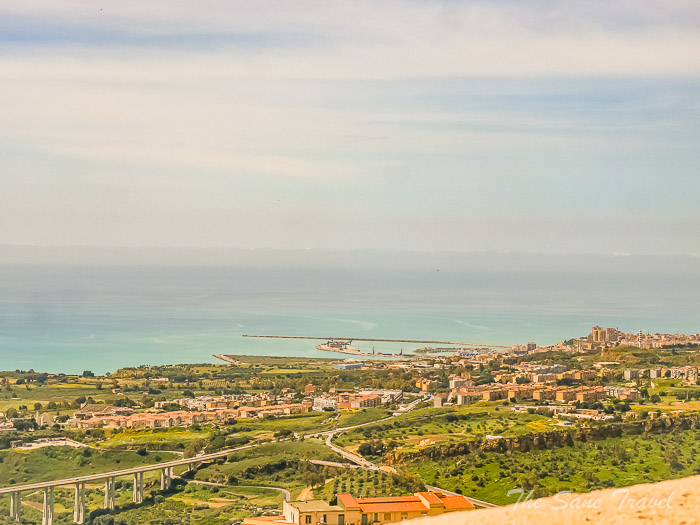
Next, proceed to the fourth church, which is Saint Domenico.
Saint Domenico's Church
Saint Domenico's Church, constructed in the 16th century, features a striking Baroque-Renaissance façade characterised by two distinct levels. The building includes a polychrome majolica-tiled dome, set slightly behind the bell tower. The front of the church showcases an 18th-century portal flanked by two large columns and topped with an open pediment, adorned with decorative elements and a medallion of Our Lady of the Rosary. Inside, the single nave contains eight chapels filled with paintings, including a valuable 16th-century Crucifixion attributed to Pompeo Buttafuoco. The church also boasts two choirs and a notable organ.
Address: Via Orfane, 6
This is the final destination on our city walk before heading back to the Agrigento train station. Take some time to appreciate the scenery of the valley and city as you make your way back.
Here is a map of the city walk that may be useful during your visit.
Valley of the Temples
The Valley of the Temples in Agrigento is a renowned tourist destination and a significant archaeological site, encompassing a vast expanse of ancient ruins – including temples, sanctuaries, and various structures dating back to the 5th century BC. Designated a UNESCO World Heritage Site in 1997, it is regarded as one of the most complete and best-preserved examples of classical Greek civilisation. The area also includes the Pietro Griffo Regional Archaeological Museum, which contains almost 6,000 artefacts illustrating the region's history from prehistoric times to the Greco-Roman era.
How to organise your Valley of Temples visit
There are two entrances to the Valley of the Temples: Porta Giunone at the eastern end and Porta V at the western end. The site lies approximately three kilometres from the city centre, but walking there – and then around the extensive grounds – can be rather demanding. A more convenient and quicker option is to take a local bus, either No. 1 or No. 2, which run frequently (though less often on Sundays) and stops both at the bus station and outside the railway station.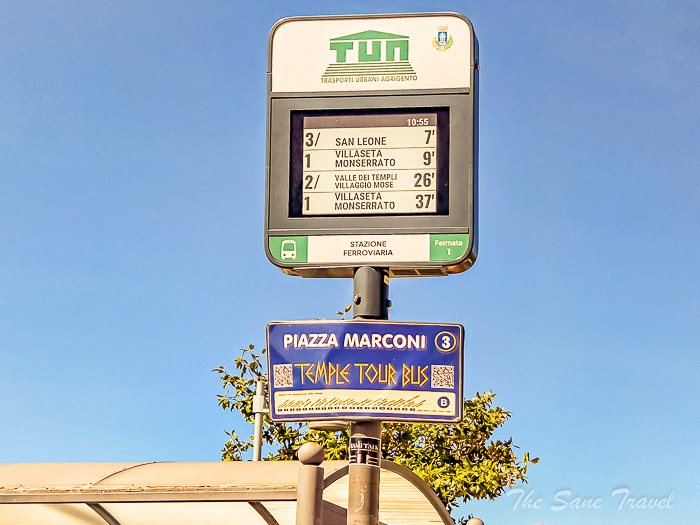
Temple of Zeus Olympios
The Temple of Zeus, also known as the Temple of Olympian Zeus, was originally the largest Doric temple in the western region. Constructed from local limestone, it stands out as one of the few religious buildings in the area specifically dedicated to this deity. Construction likely began during the rule of Theron in the late 5th century BC. The remaining parts of the temple today are those that have survived destruction over the centuries, including quarrying damage in the 18th century. The most notable feature of the temple is the eight-metre-tall reconstructed Telamon, one of several colossal male figures that once helped support the entablature and symbolised the defeat of Carthaginian foes. Since the early 19th century, ongoing excavations and studies have aimed to reconstruct the temple's original appearance.
Temple of Hercules
The temple, thought to honour Hercules, was built in the late 6th century BC. Constructed from local limestone in the Doric style, the temple sits on a three-tiered base and is adorned with six columns on the short sides and fifteen on the long sides. Inside, there were three rooms: a central cella, a front entrance hall, and a rear room, each with two columns facing it. Stairs beside the cella door led to the roof, which featured rainwater gutters shaped like lions' heads. Adjacent to the temple to the east are the remains of a large altar. Restoration work on the temple began in 1921, when eight columns on the south side were raised at the initiative of English Captain Alexander Hardcastle, with subsequent conservation efforts carried out by the Park Authority.
Villa Aurea
Villa Aurea, situated between the Temple of Hercules and the Temple of Concord, was built in the 19th century and now houses some of the administrative offices of the Park Authority. It also includes the Antiquarium, a multimedia centre that contains a video projection room displaying artefacts from the Valley of the Temples, along with spaces dedicated to hosting exhibitions. The villa has a fascinating history: in 1921, English army captain Sir Alexander Hardcastle came to Agrigento to enjoy its mild climate and explore the archaeological sites. He decided to make Agrigento his home, purchasing the building now known as Villa Aurea, named after the nearby gate in the ancient fortifications. Hardcastle financed several excavations, which led to the discovery of the foundations of the Temple of Demeter beneath the Church of San Biagio and the Sanctuary of the Chthonic Deities on the Hill of Temples.
Temple of Concordia
The Temple of Concordia takes its name from a Latin inscription found nearby. Built in the Doric style between 440 and 430 BC, the temple is made of calcarenite blocks and stands on a base with four steps. It features six columns on the front and back, and thirteen along each side. Both the interior and exterior were originally covered in white stucco with colourful decorations. Later, the temple was modified into a Christian basilica, with remnants such as twelve arches in the cella walls and tombs in the floor. To the west of the temple lies a Palaeochristian necropolis dating from the 3rd to 6th centuries AD, while a series of Greek-period tombs can be found on the eastern side. The temple has undergone numerous restorations since 1788. The most recent efforts, funded by the European Union through the Park Authority, have focused on stabilising the structure and preserving its stone blocks.
In front of the temple stands the Statue of Icarus, a bronze sculpture gifted by Polish artist Igor Mitoraj. The statue depicts Icarus' downfall after flying too close to the sun. Occasionally, my trips are influenced by images I have come across online, sparking a desire to capture my own photographs in those places. The image of Icarus in front of the Temple of Concordia is a perfect example.
Temple of Juno
The Temple of Hera Lacinia, also known as the Temple of Juno, positioned on a hill with panoramic views of the surrounding landscape, is a popular attraction for visitors to the archaeological site. Constructed in the 5th century BC, it is associated with the goddess Hera (Juno) Lacinia, known for her role as the protector of marriage and family. The temple was damaged in 406 BC during a Carthaginian siege, leaving visible signs of fire on the columns. It follows the typical design of a peripteral Doric temple, with the remnants of a large altar on its eastern side.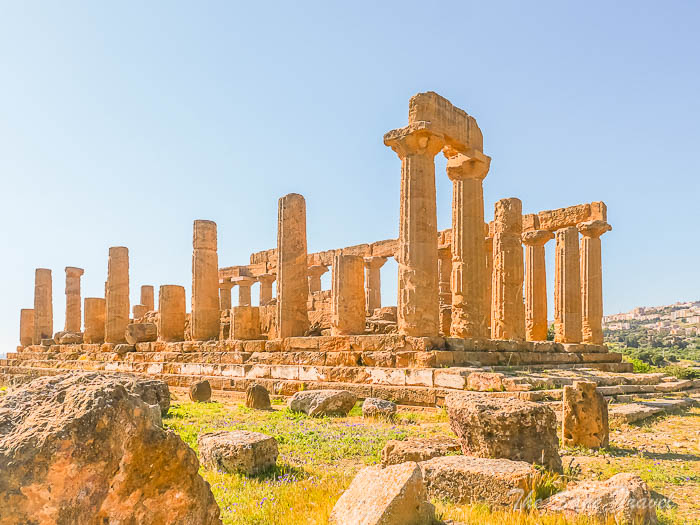
Souvenirs
When you leave the site through the east entrance, remember to stop by the souvenir shop. 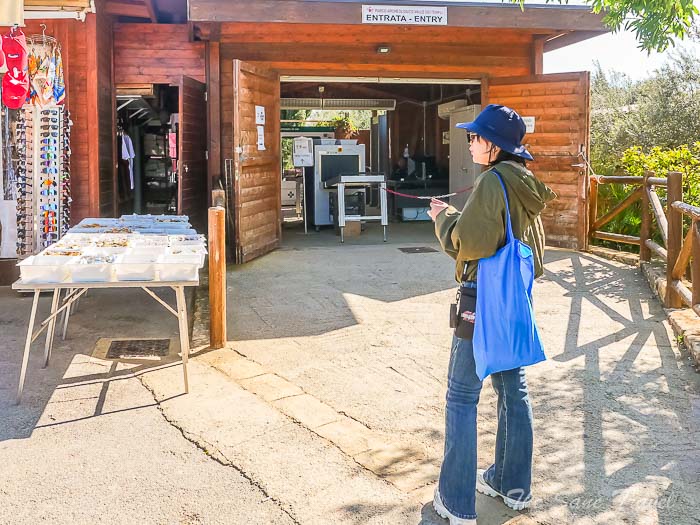
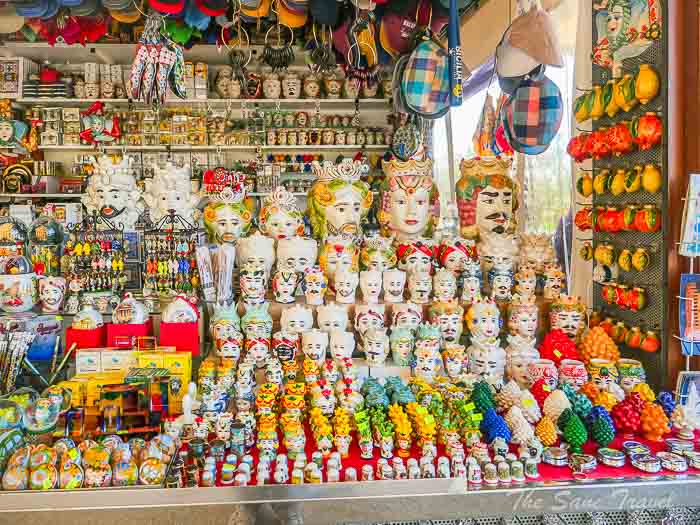
Practical information
I recommend the following itinerary for your visit to Agrigento: arrive from your previous destination in the late morning, spend the afternoon exploring the city, stay overnight, and visit the Valley of the Temples the next morning. Depart from Agrigento in the late afternoon. Public transport operates less frequently on weekends in Sicily, so try to travel during weekdays. When checking bus timetables, keep in mind that "Giorn" means every day of the week, "Feriale" signifies Monday to Saturday, and "Fest" refers to Sundays and public holidays.
I used the Bounce app to store my luggage at a café in the city centre since there was no luggage storage available at the bus or train station.
Please note that the Archaeological Museum is situated outside the Valley of the Temples area. It is a good idea to visit the museum before entering the Valley of the Temples gates. You can get off bus No. 1 or 2 at the museum stop, explore the museum, and then board bus number 1 to continue to the Porta V entrance and start your visit to the Valley of the Temples.
Like it? Pin it!
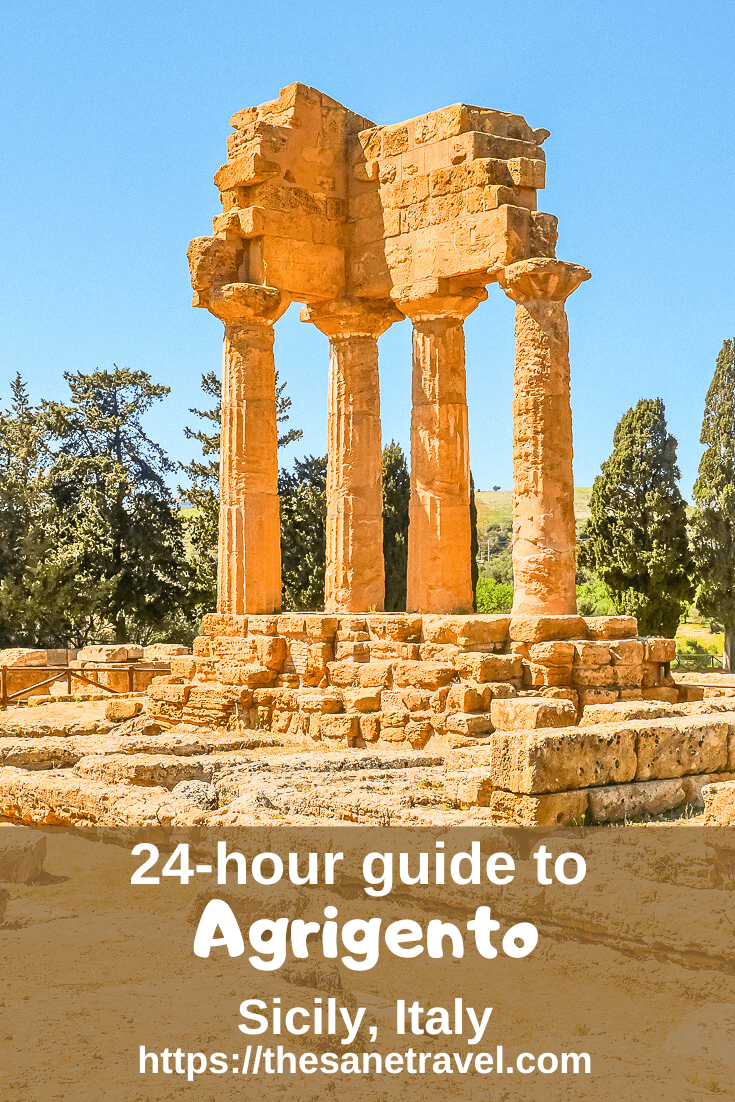
What did you think? Have you been to Agrigento? I would love to hear from you, so please add your comment below.
Author: Anita Sane

About the author
Anita is a part-time traveller, passionate photographer and a retired career woman from Latvia, travelling mostly solo for more than 15 years. She is a skilled travel planner who plans and executes her travels by herself. Anita wants to show you how to travel the world and open your mind to new experiences. Follow her on Facebook, Instagram, Pinterest, Twitter and Bloglovin.


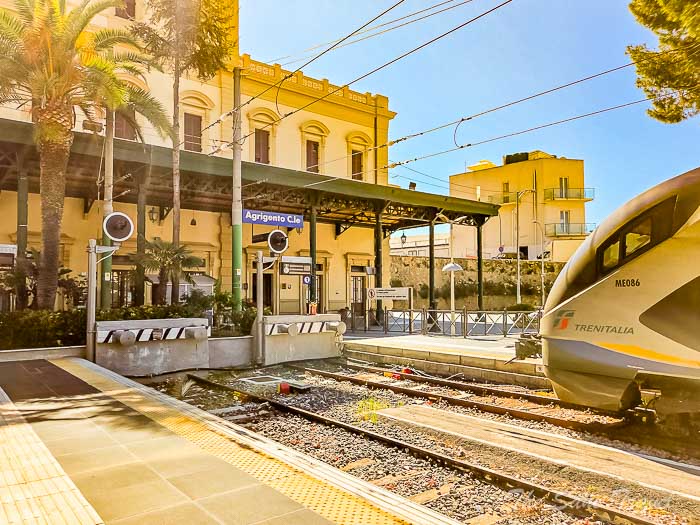
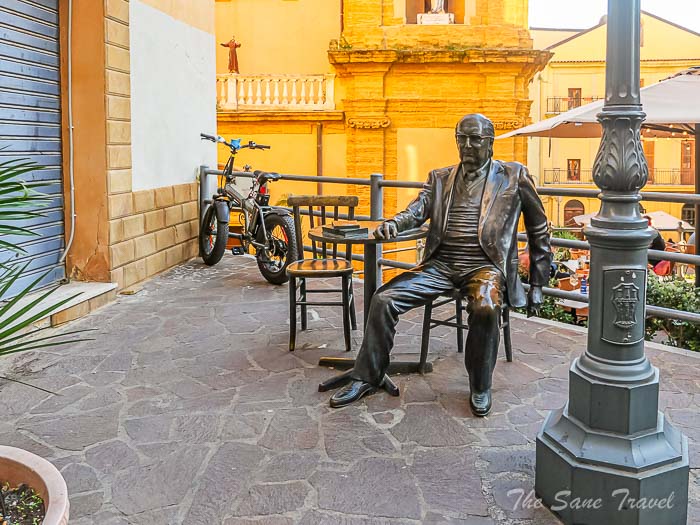
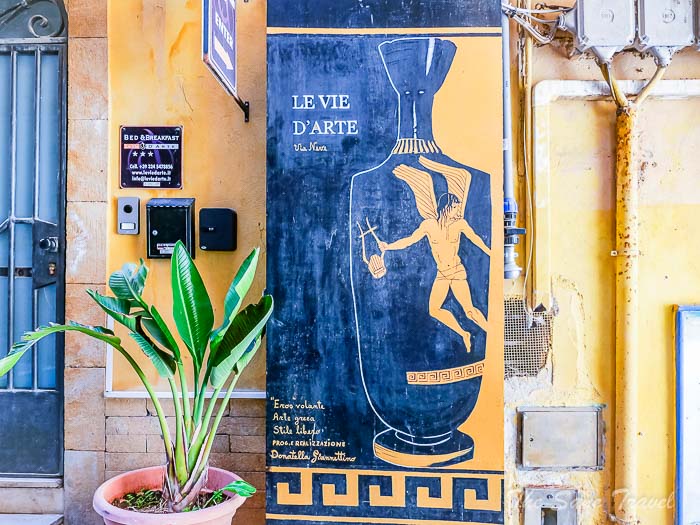
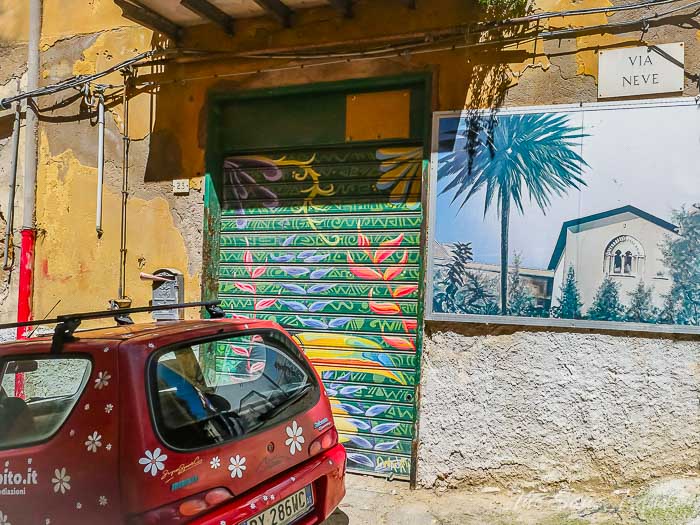
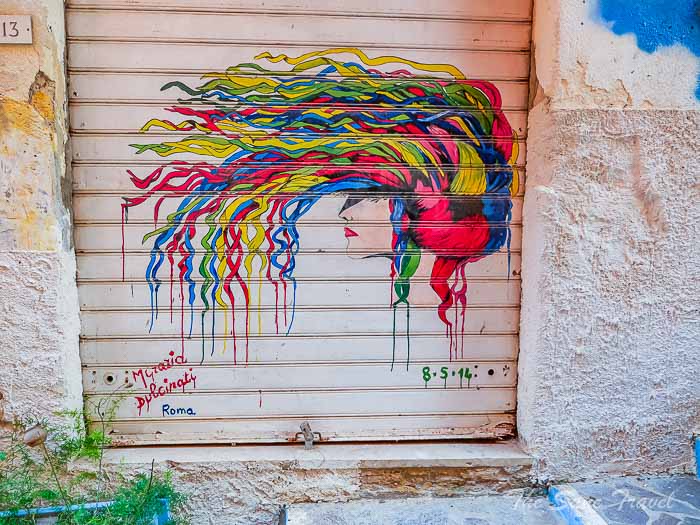
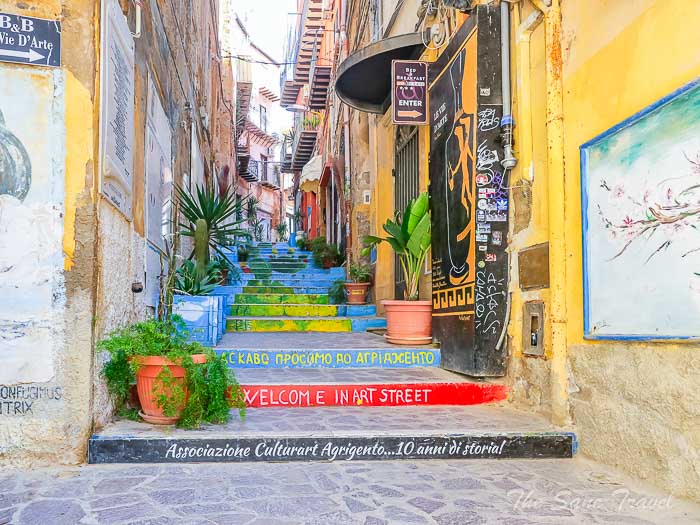
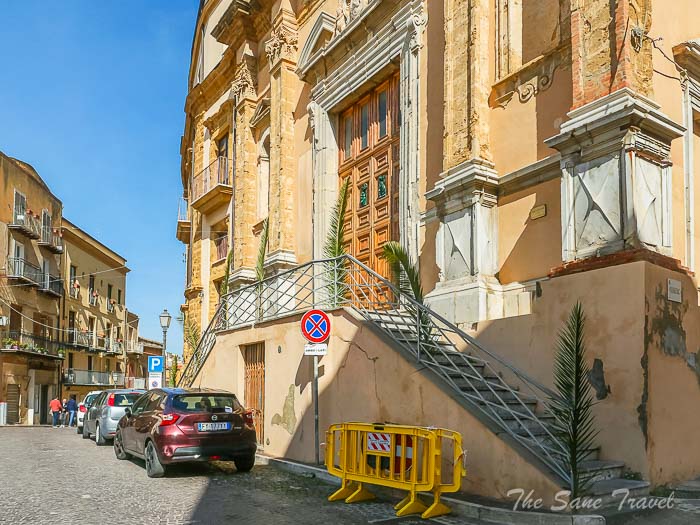

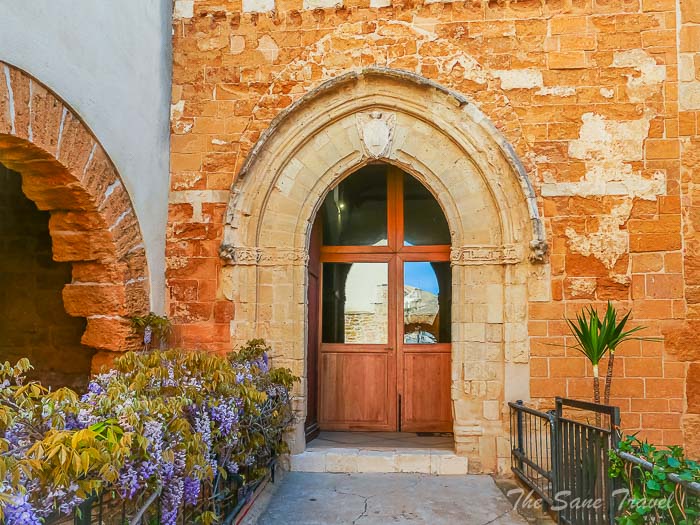
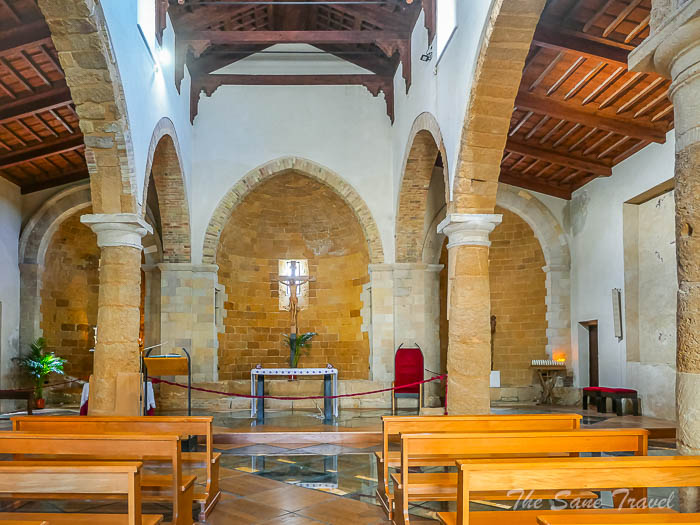
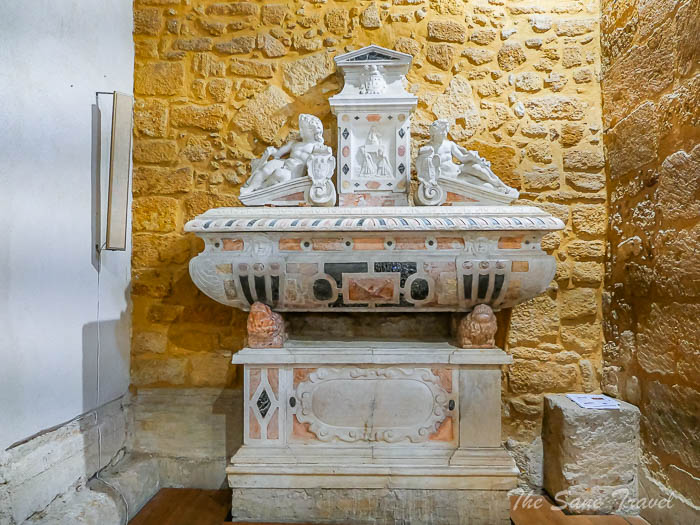
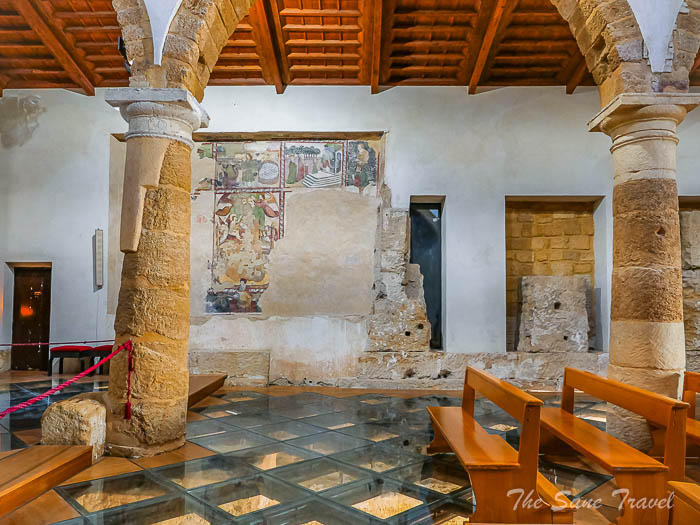
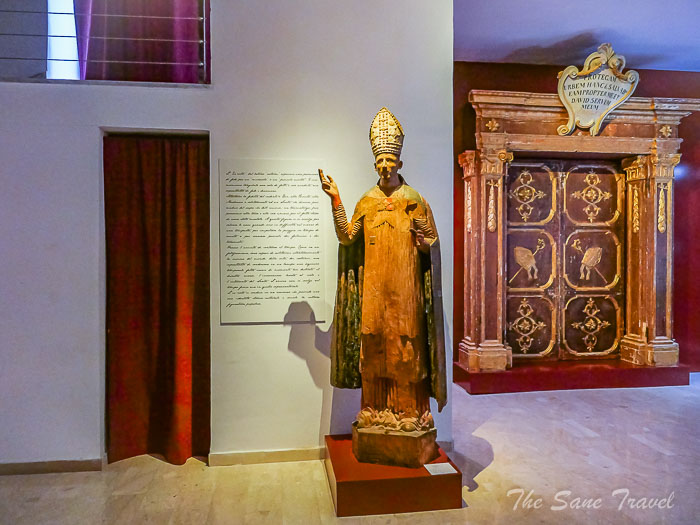
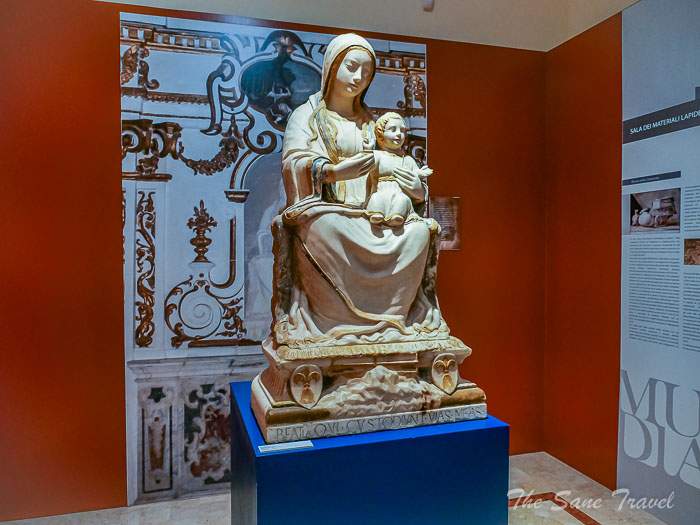
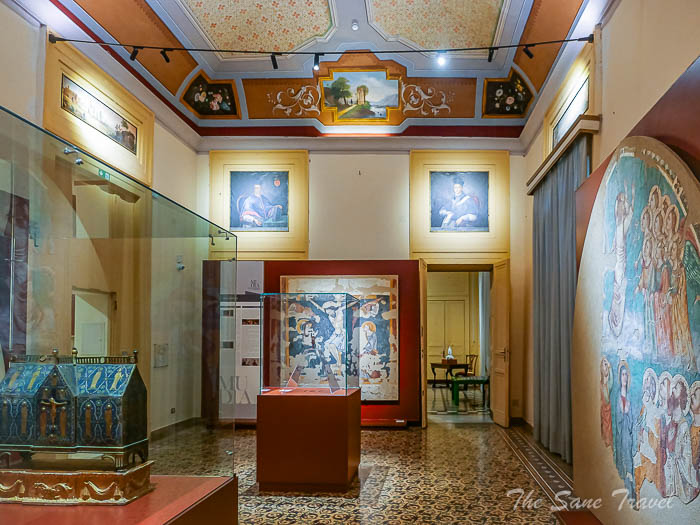
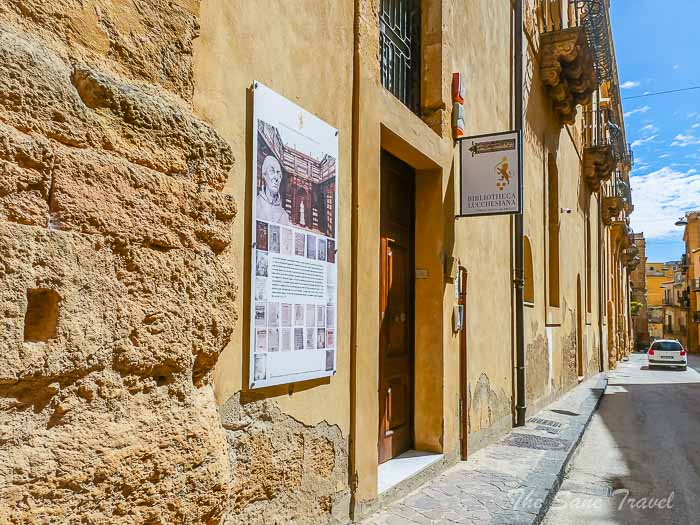
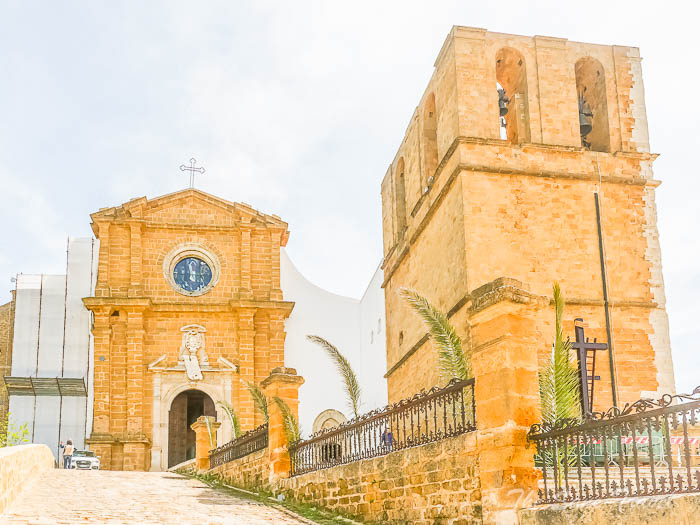
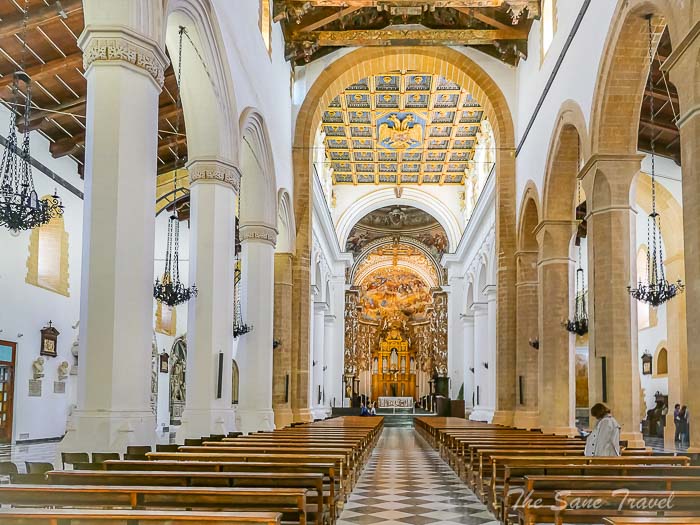

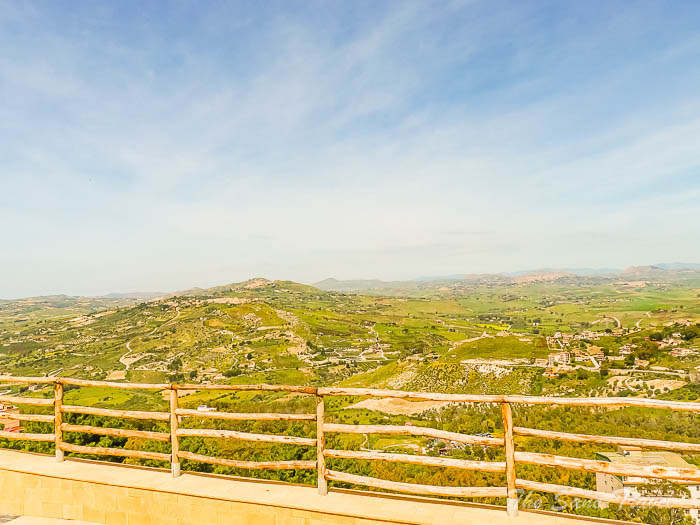
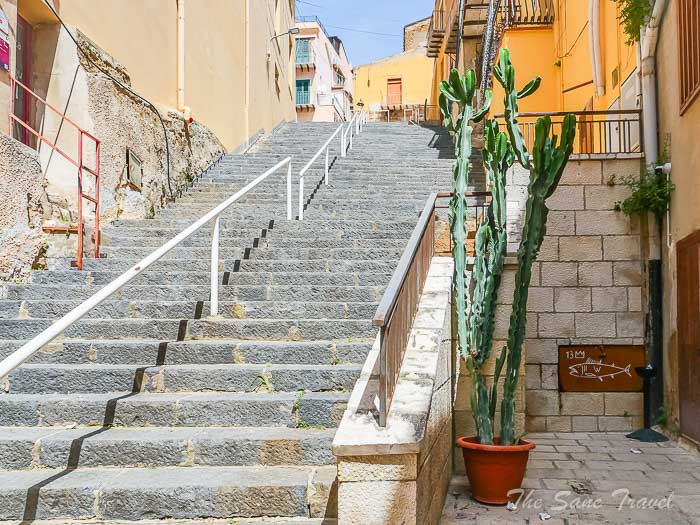
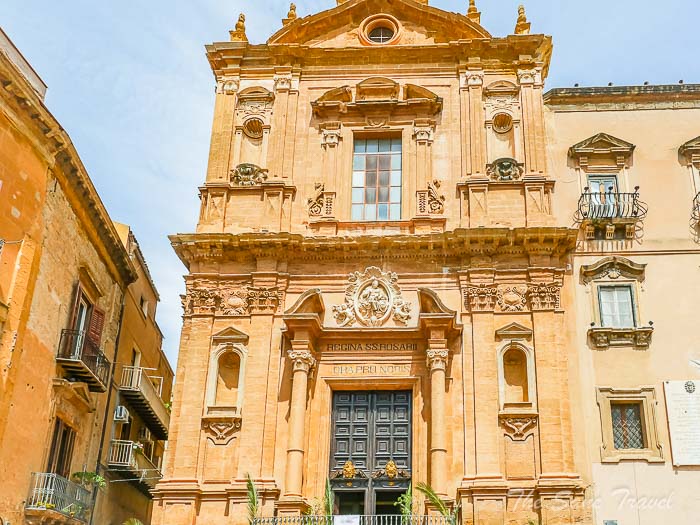
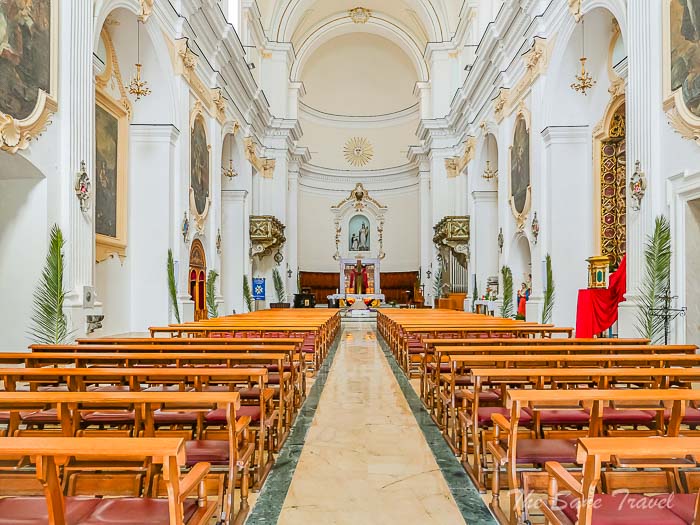

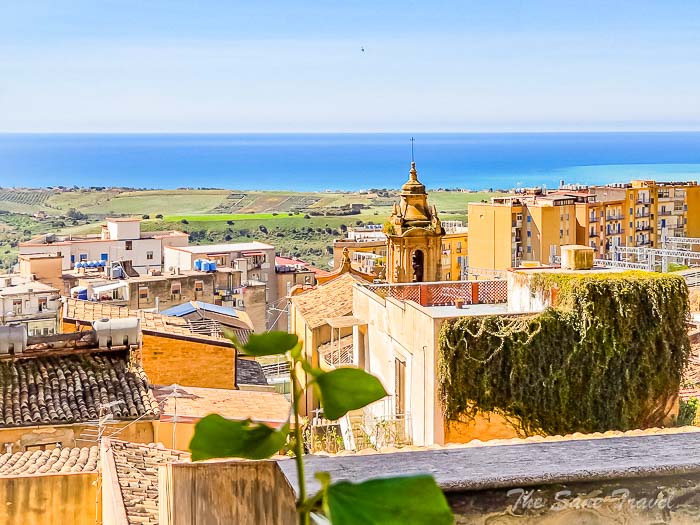

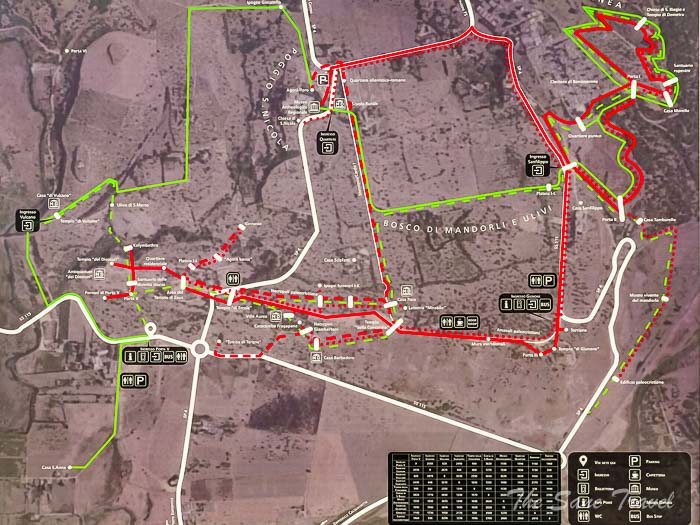
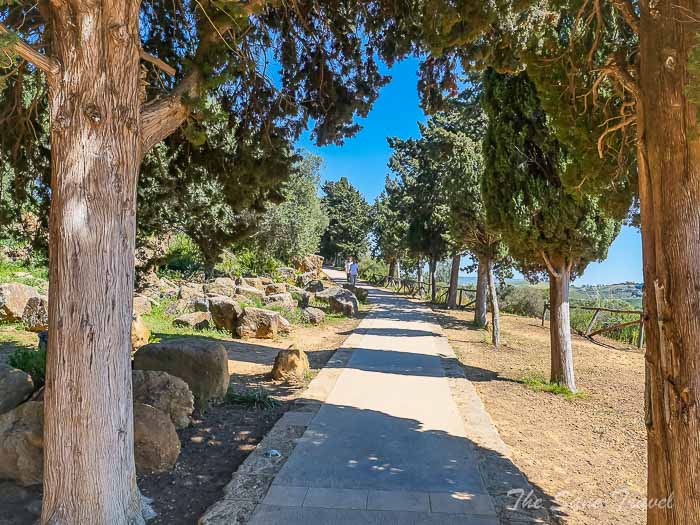
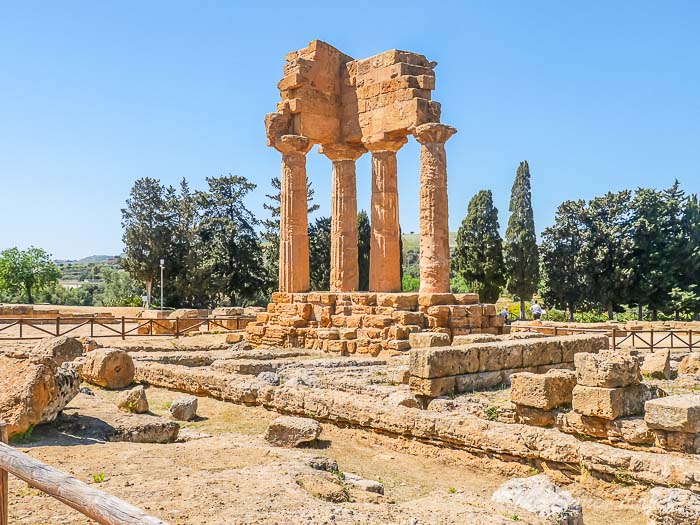
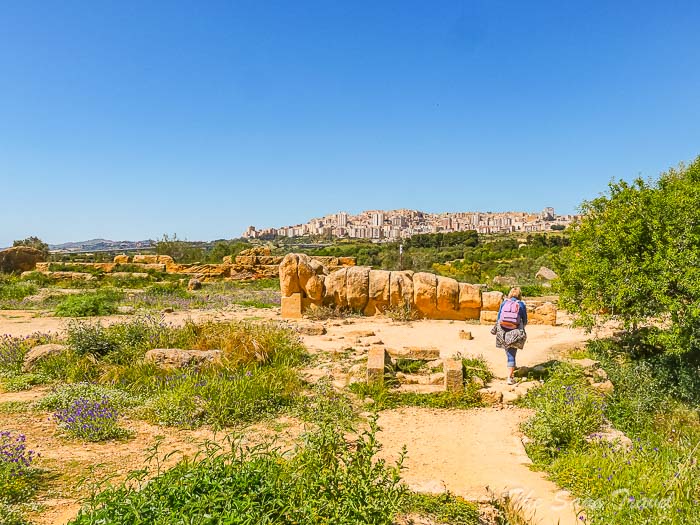


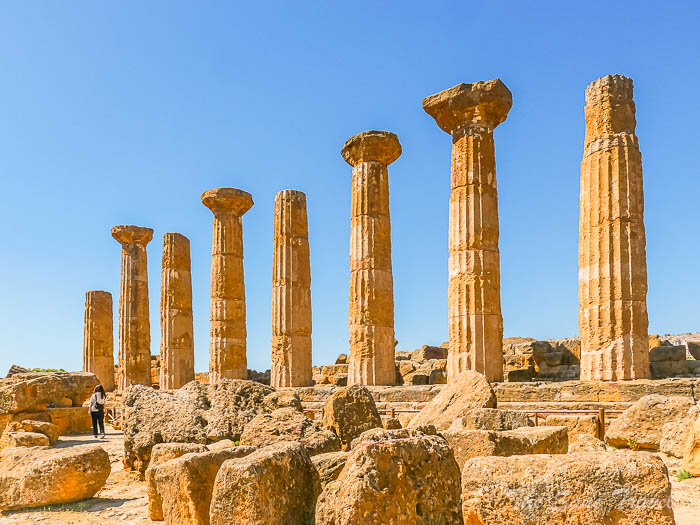
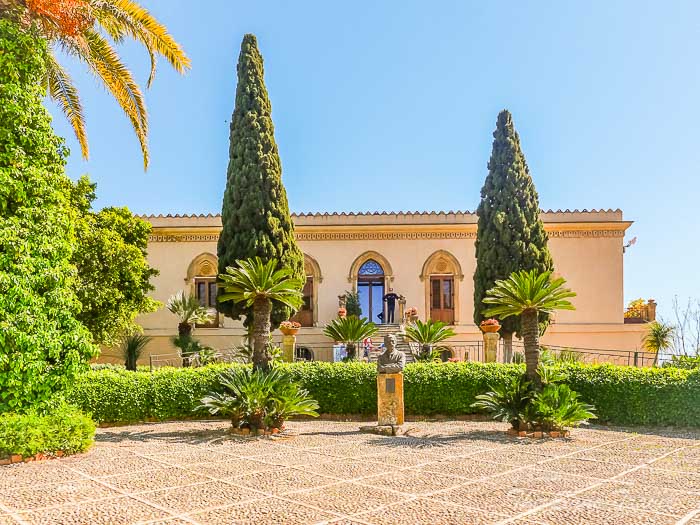
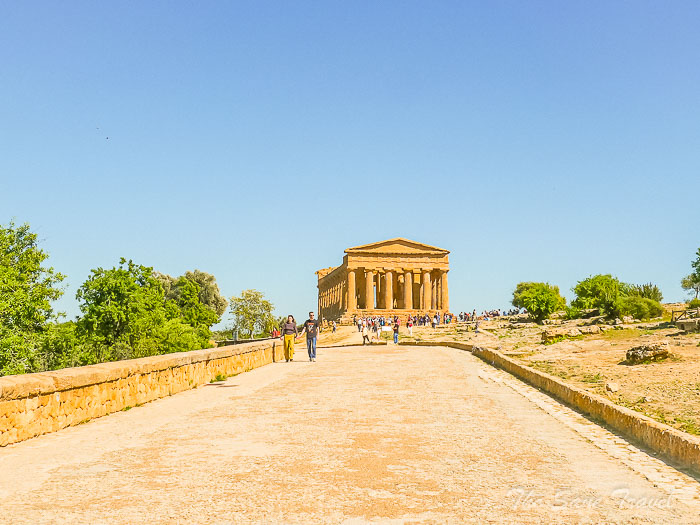
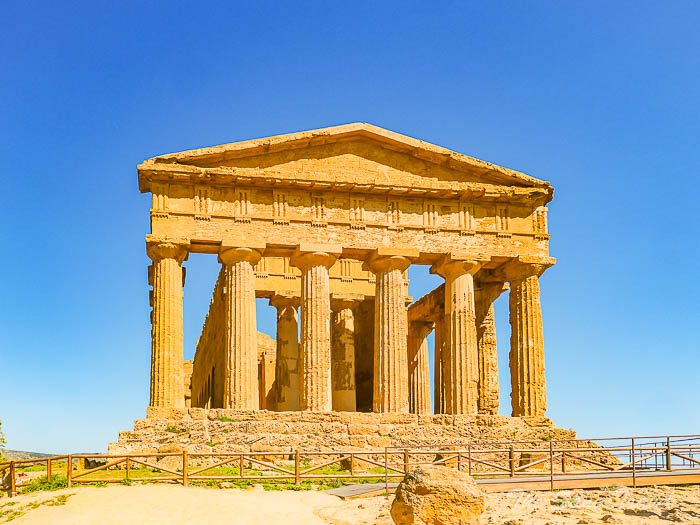
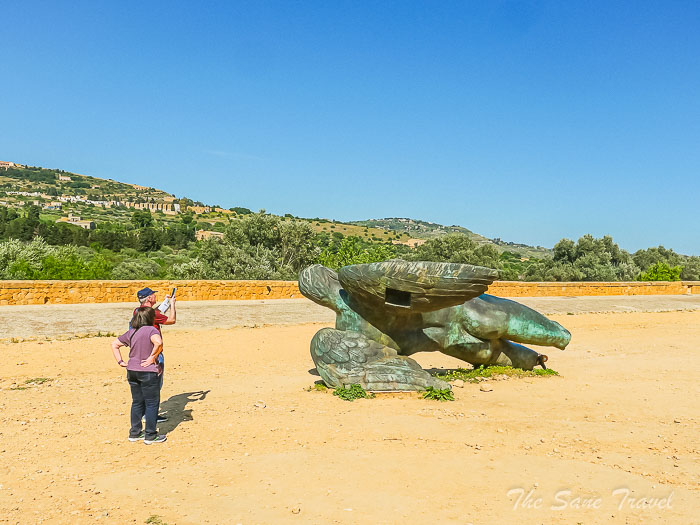
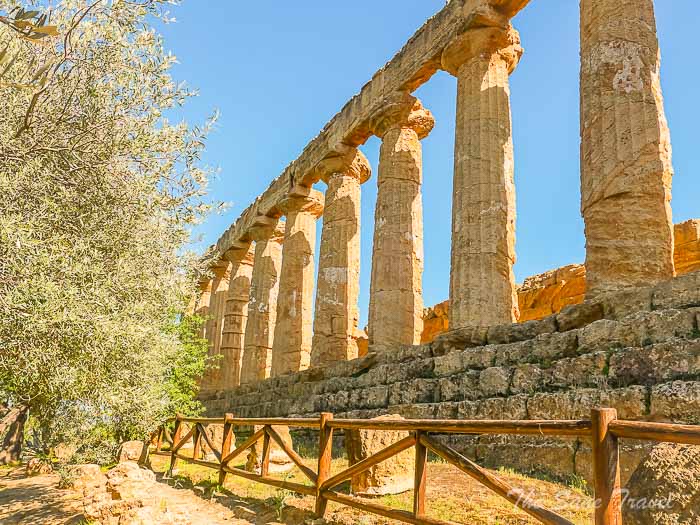
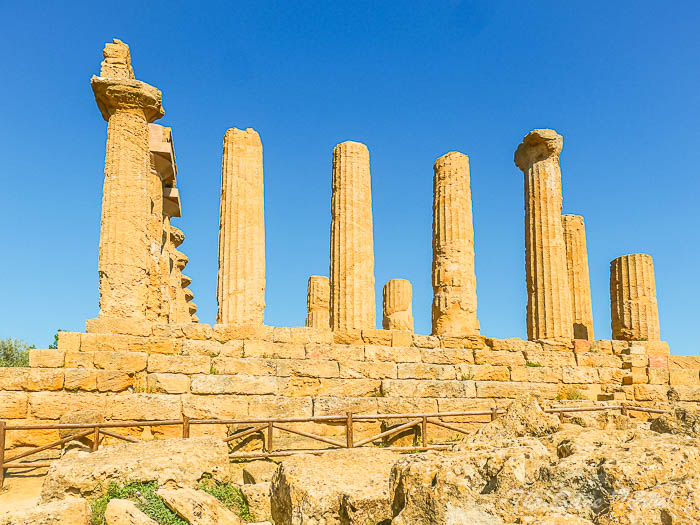

.JPG)

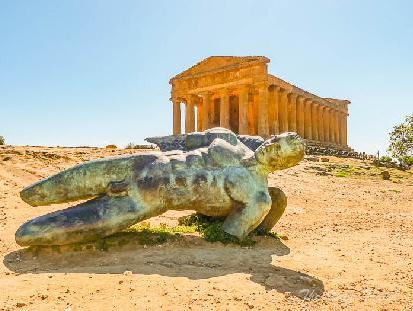
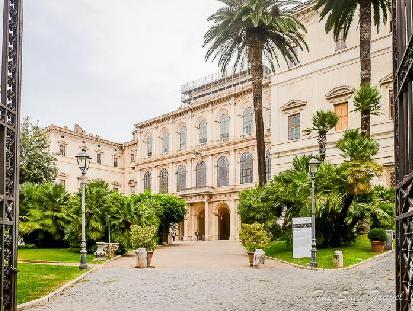
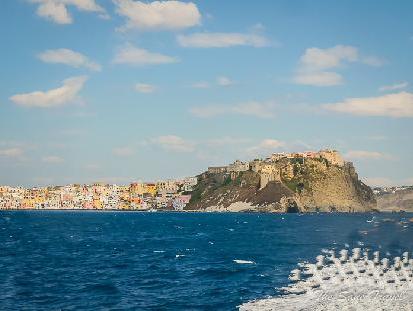

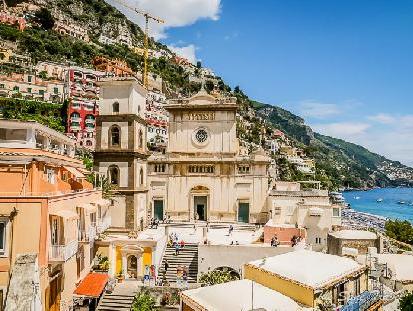
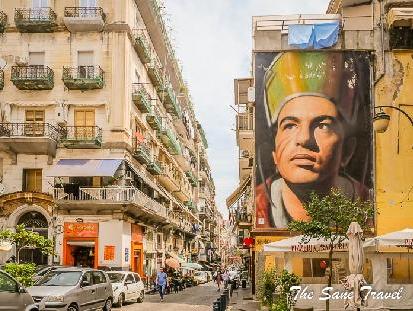
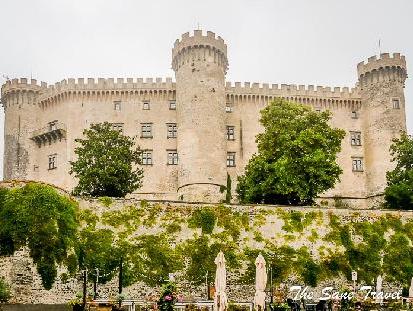
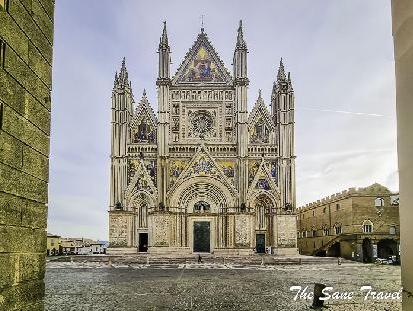
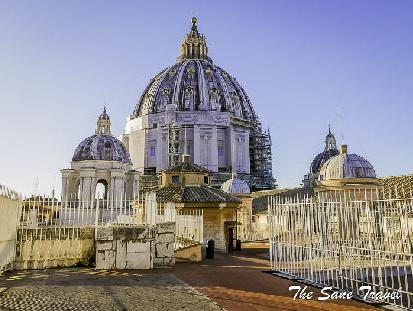
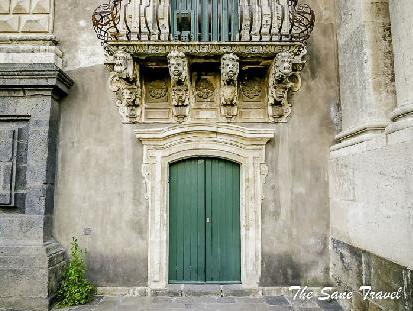
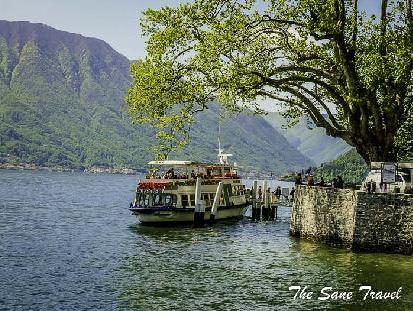
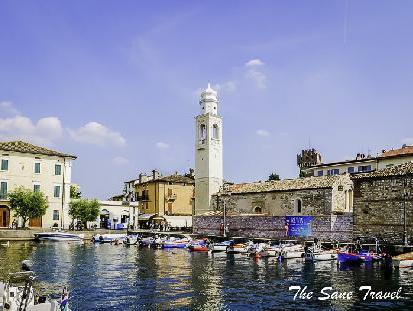
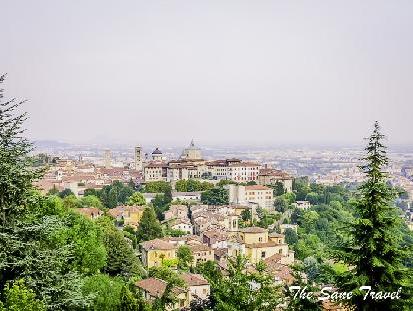
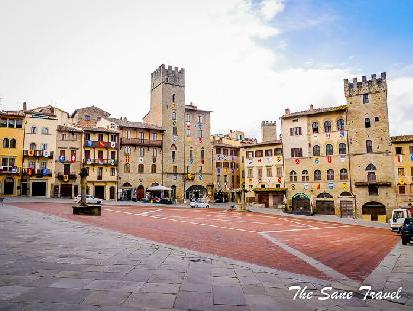

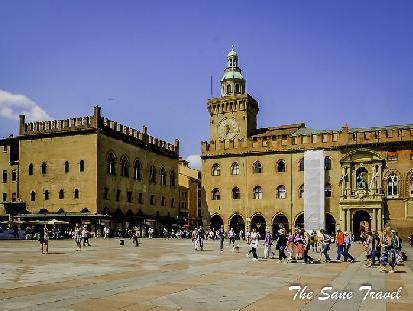
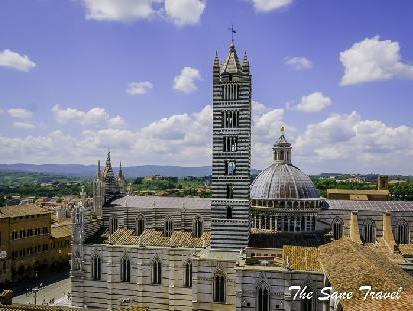
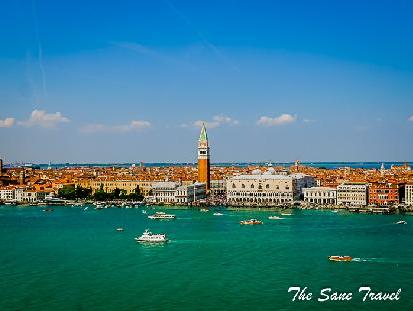
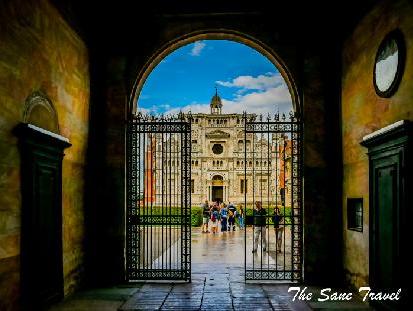
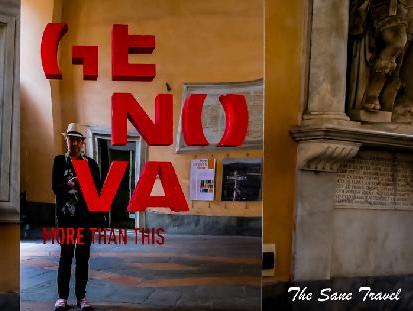
Report
My comments